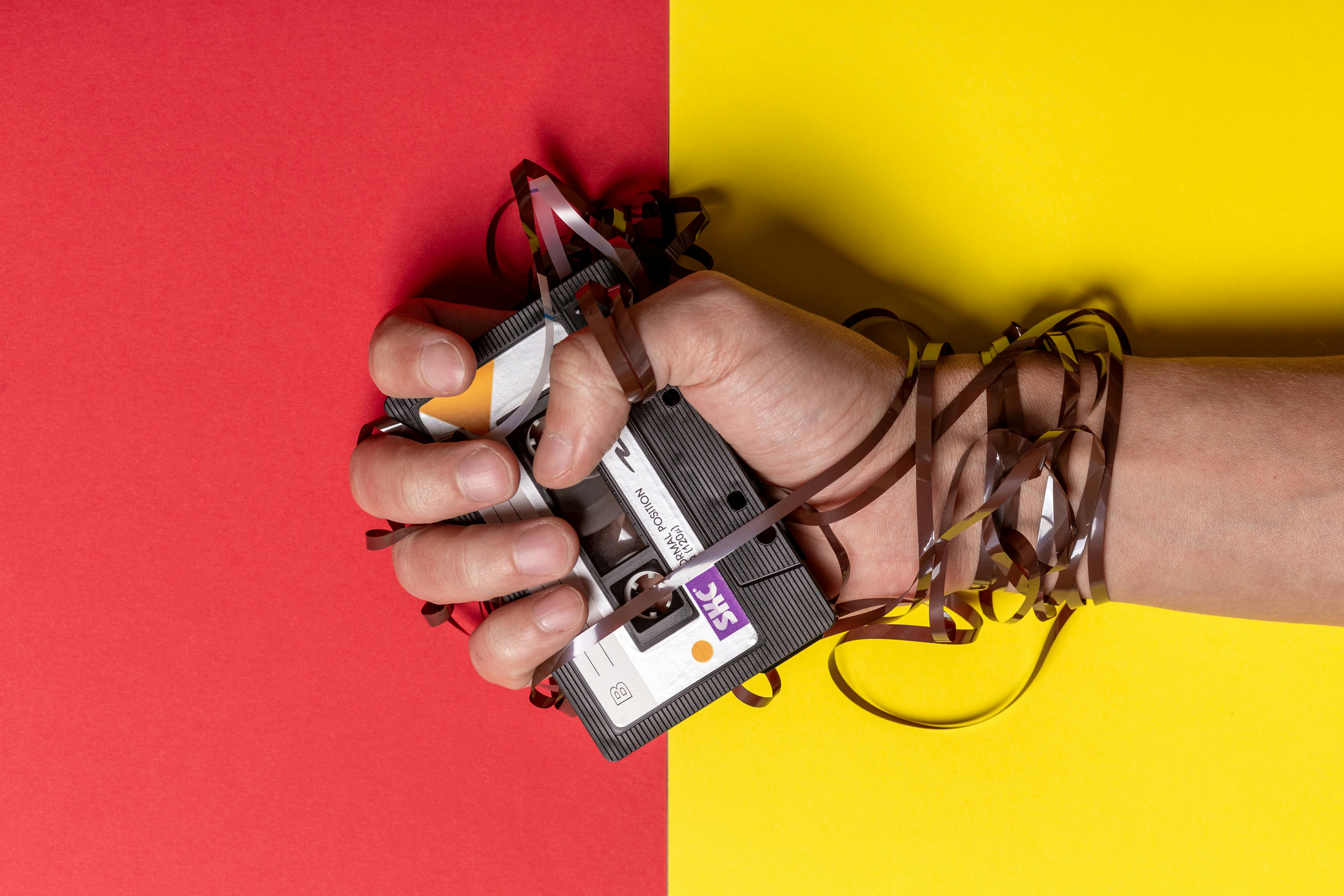Effective Ways to Fix a Running Toilet in 2025: Understand Common Issues

Effective Ways to Fix a Running Toilet in 2025: Understand Common Issues
A running toilet can be an annoying and costly problem, resulting in higher water bills and inefficient bathroom usage. Addressing toilet running issues is essential for every homeowner in 2025. This article explores the various aspects of how to fix a toilet, highlighting common problems and offering effective solutions for both novice DIYers and seasoned fixers. If you want to learn how to troubleshoot running toilet issues, identify toilet leaks, or replace toilet parts like the flapper or fill valve, you've come to the right place. We’ll cover essential toilet maintenance tips to keep your bathroom running smoothly, saving you money and conserving water.
By the end of this guide, you will have a solid understanding of the common toilet problems, how to execute a toilet repair, and when to call in professionals. Ready to get started on your toilet repair journey? Let's dive into the most effective ways to fix a running toilet!
Identifying Common Toilet Issues
Building on the importance of addressing toilet problems early, understanding the common issues that lead to a toilet running can save both water and money. These problems often stem from faulty components, so it’s crucial to know what to look for.
Understanding Toilet Mechanics
To effectively fix toilet flush issues, you first need to understand how toilets operate. Key components include the tank, bowl, flapper, fill valve, and overflow pipe. Each plays a role in flushing and refilling the tank efficiently.
Common Toilet Problems
Several typical problems can cause a toilet to run continuously. These include a faulty flapper, fill valve issues, improper water level, and clogged or malfunctioning flush valves. Identifying these problems is the first step toward effective toilet repair.
Signs of a Running Toilet
Typical signs include water running continuously in the tank, an audible flow of water, or the tank not filling appropriately. Troubleshooting running toilet issues involves checking the various components to determine the cause of the malfunction.
Steps to Fix Toilet Flush Issues
With these basics established, let's look at some specific actions you can take to fix a toilet flush successfully. These steps are essential for addressing common toilet repair problems effectively.
Flapper Replacement
Replacing a toilet flapper is one of the most straightforward fixes when dealing with a running toilet. Over time, flappers can become worn or warped, leading to leaks. To replace, turn off the water supply, remove the old flapper, and install a new one according to the manufacturer’s instructions.
Fixing Toilet Fill Valve Issues
To fix toilet fill valve issues, first, check the water supply line and make sure there are no blockages. If the fill valve is faulty, replacing it can resolve continuous running issues. Remember to adjust the float arm or height accordingly to control the water level.
Adjusting Toilet Water Level
If your toilet tank is overfilling or not filling enough, adjusting the water level can resolve running issues. Many modern tanks have a marked line indicating the appropriate fill level. Lowering or raising the float can help achieve this balance.
Advanced Toilet Troubleshooting Techniques
Taking this concept further, understanding advanced troubleshooting techniques can aid in more complex toilet repair scenarios.
Diagnosing Overflow Pipe Issues
If the toilet is consistently running, check for issues with the overflow pipe. A siphoning effect can cause continuous running; ensuring the pipe is correctly positioned and the refilling valve is adjusted can resolve this.
Toilet Chain Adjustment
Sometimes, the toilet chain connecting the flapper to the handle can be either too loose or too tight, causing it to malfunction. Adapting the chain length can resolve flushing problems, restoring proper mechanism function.
Flush Valve Repair
Repairs to the flush valve may become necessary over time, especially if the valve is leaking. Replacing it means turning off the water supply, emptying the tank, and following the steps outlined in a repair manual. Properly replacing the flush valve can significantly reduce running toilet issues.
Effective Water Conservation through Toilet Repair
Now, let’s connect these points to the critical aspect of water conservation. Effective toilet repairs not only save you money but also help conserve water, which increasingly becomes essential with ongoing environmental discussions.
Understanding Toilet Water Usage
Toilets can account for a significant portion of household water usage. By ensuring that your toilet is functioning correctly, you can dramatically decrease unnecessary water loss. The average toilet uses about 1.6 gallons per flush, meaning a running toilet can waste hundreds of gallons each month.
Benefits of Eco-Friendly Toilet Repairs
Upgrading to more water-efficient flushing systems or toilets can improve your home’s sustainability. Leveraging eco-friendly repair practices, such as replacing parts with high-efficiency components, can enhance both functionality and save water.
Toilet Maintenance Tips for Water Conservation
Regular maintenance checks for leaks, ensuring proper component function, and educating household members on how to avoid clogs can help maintain water levels and reduce overall consumption.
FAQs: Troubleshooting Running Toilets
As we wrap this up, let’s address some common questions regarding toilet repairs:
What causes a toilet to run continuously?
A running toilet can be caused by a faulty flapper, fill valve issue, or incorrect water level in the tank. Regular inspections can help catch these problems early.
How do I know if the flapper is leaking?
One simple test is to add food coloring to the toilet tank. If the water in the bowl changes color without flushing, you likely have a leaking flapper.
When should I call a professional?
If you’ve attempted fixes and still experience problems, or if the repairs seem complicated, calling in a plumbing professional can save time and prevent further issues.

 ```
```